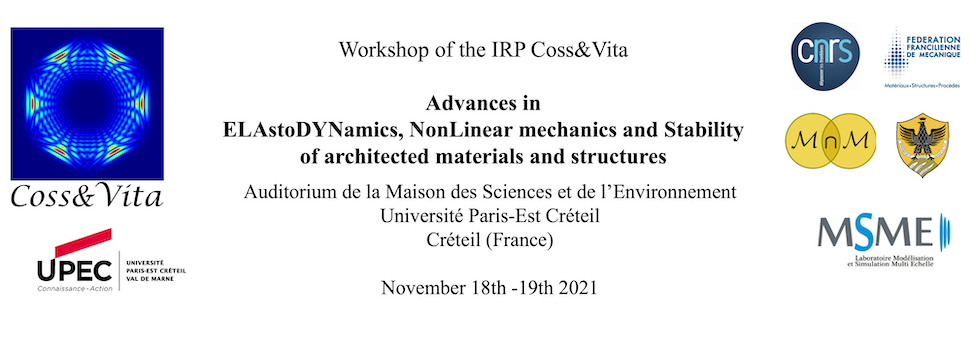A design framework is here presented for the development of an architected solid with targeted mechanical properties thanks to an optimized porosity distribution. A 2D lattice of regular hexagons is considered as core element of a sandwich panel and a Bloch‐Floquet‐based approach is adopted to derive homogenized equivalent properties. The density distribution of the equivalent continuum is taken as objective function to be minimized in the optimization process. To this end, suitable constraints are designed to avoid empty regions and ensure a minimized density where required by the mechanical actions. A de‐homogenization process is carried out on the optimized equivalent continuum to derive the configuration of regular hexagons with optimally varying wall thickness. Static and buckling responses of the optimized architected solid are compared with that of a 2D continuum whose material density distribution is determined through a classical topology optimization. It is shown that the architected 2D solid can absorb higher strain energy, with respect to classically optimized structures, which suffer a buckling‐driven collapse below the elasticity threshold. The architected solid is also shown to have an improved energy absorption capability, that may increase considerably its performance, depending on the ductility of the adopted material.

|
|
|
|
Multi-scale design of an architected composite structure with optimized graded properties
1 : University of L'Aquila
(univaq)
Piazzale Ernesto Pontieri 1, 67100 Loc. Monteluco, L'Aquila -
Italy
2 : University of L'Aquila
3 : Modélisation et Simulation Multi-Echelle (MSME) - UMR 8208
Université Paris-Est Créteil Val-de-Marne (UPEC)
Casalotti, A., D'Annibale, F. & Rosi, G. Multi-scale design of an architected composite structure with optimized graded properties. Compos Struct 252, 112608 (2020). |
| Online user: 1 | Privacy |

|
 PDF version
PDF version